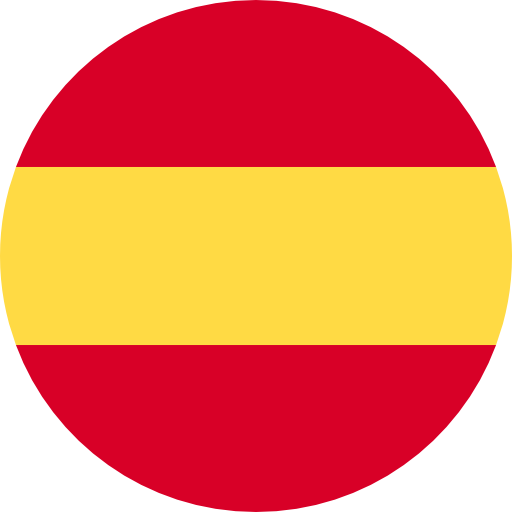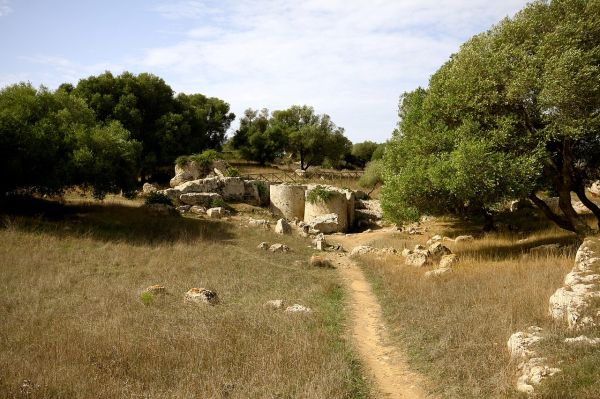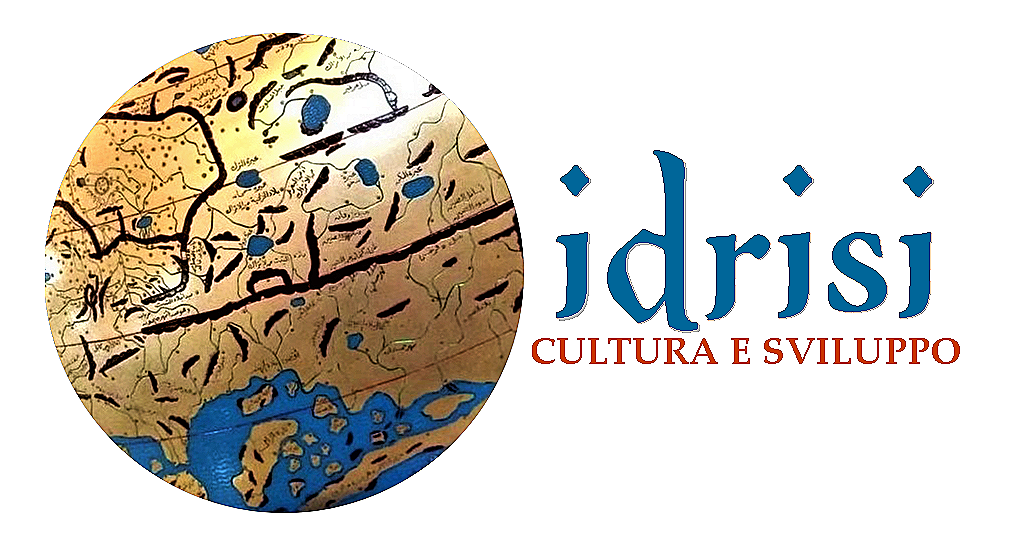Cave di Cusa
37º 37' 10'' N 12º 43' 21'' E
South
Italy
Description
Cave di Cusa or Rocche di Cusa was an ancient stone quarry in Sicily. It is located 3 kilometers south of the town Campobello di Mazara in the province of Trapani, Italy. It is 1.8 kilometer long and is on a ridge that spans from east to west.
Extracted Materials
This site was quarried beginning in the first half of the 6th century BC and its stone was used to construct the temples in the ancient Greek city Selinunte.
Antropological info
The illnesses they can suffer are silicosis,pneumonia,cancer,asbestosis,respiratory problems and others. Common pills that minners use are silccosis herbs,hospital treatment,painkillers pills,anti- inflammatory.
Sociologal info
Examples of such conflict are many, and several reasons have been advanced as to the causes for these conflicts and are based on structural controls of different governments.
Archaeological info
Archaeological investigation on the site has given us a lot of information regarding Cave di Cusa and how it was used. The site itself is covered in 60 blocks of rock, many of them cylindrical in nature, in various stages of carving, strewn haphazardly around the site (some in situ) that were originally intended for the construction of the temple. The stone from this site was used for columns at the temple, and many columns still exist at the site today. The rock is in different stages of being quarried, so it is evident that the abandonment of the site occurred rather quickly. There is evidence of pick marks on the rocks from various stone tools, so archaeologists have been able to determine the methods used to quarry the stone.
Sustainable tourism insights
In modern times, Cave di Cusa has become a popular tourist destination in Sicily. The ancient Greek culture and influence of Selinunte and the surrounding areas is evidenced here. It is said to be beautiful in the spring, due to its array of flowers and pillars and people have been known to have picnics there. There are also many bed and breakfasts located nearby, due to the large amount of tourism. In addition, it is most importantly a piece of history and has cultural value to it.
Environment sustainability
Cave di Cusa was the source of stone used to build the town of Selinunte's sacred temple. Selinunte was a Greek temple that was located 13 km southwest from the quarry. That area of Sicily was inhabited mainly be the ancient Greeks. The stone found at Cave di Cusa site was very suitable for building and therefore a material of choice. Its texture and tufa resistant limestone material made it ideal and perfect for the construction of the sacred Greek temple.









